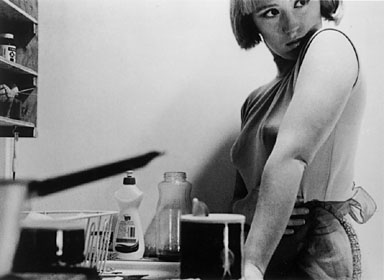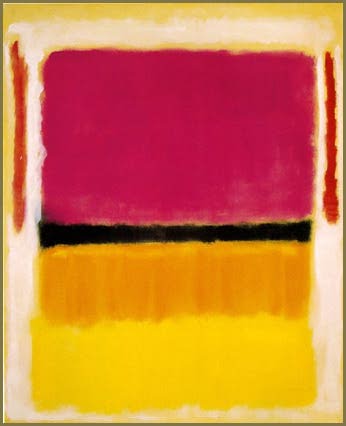My philosophy of Art Education begins with the idea that all students can and should create art. The ideal classroom would be one where everyone is engaged and excited about the entire process of making art. Students should be thoughtfully guided through lessons that allow them to apply previous knowledge, while also introducing new information and various cultural exemplars to inspire them.
Students should definitely be supported in their creative pursuits, but they also deserve constructive criticism so that they have a chance to improve where they can. Art should inspire the viewer as well as the creator, and in the same sense a successful art classroom is one where both the teacher and student are fully engaged. I hope to constantly learn and grow as an educator, so that I can confidently offer advice and input that will lead students to becoming a better version of themselves, as artists.
Art is a subject that is dynamic because it is hands on and so flexible. Lessons should be planned that are thoughtful and exciting, but also attainable for the appropriate age group. Curriculums should be tweaked to keep pace with the aspects and lessons the students show the most enthusiasm for.
One of the reasons Art Education is so exciting because there is the opportunity to expand a student’s world through information as well as hands on experiences. Interdisciplinary and multicultural lessons should be included as often as possible, to help give context to the students and to enforce what they are learning in other classes. The impact of using various examples and subjects to illustrate a lesson is much greater than a simple cut and dry lecture.
Whenever it’s appropriate, music or audio tracks should be integrated into the work time, to help the students focus and relax. Setting a comfortable mood in the classroom seems key in having successful results. Tapping into the student’s sense of hearing while they are concentrating allows additional opportunities for intellectual stimulation.
Art Education is an extremely exciting field to be a part of. Since there are no rights or wrongs in art, each student should feel comfortable with the outcome of their work while still attempting to create the best piece possible. The importance of craft and technique should be focused on, but the student should have the opportunity to throw caution to the wind if their heart is in a project.















